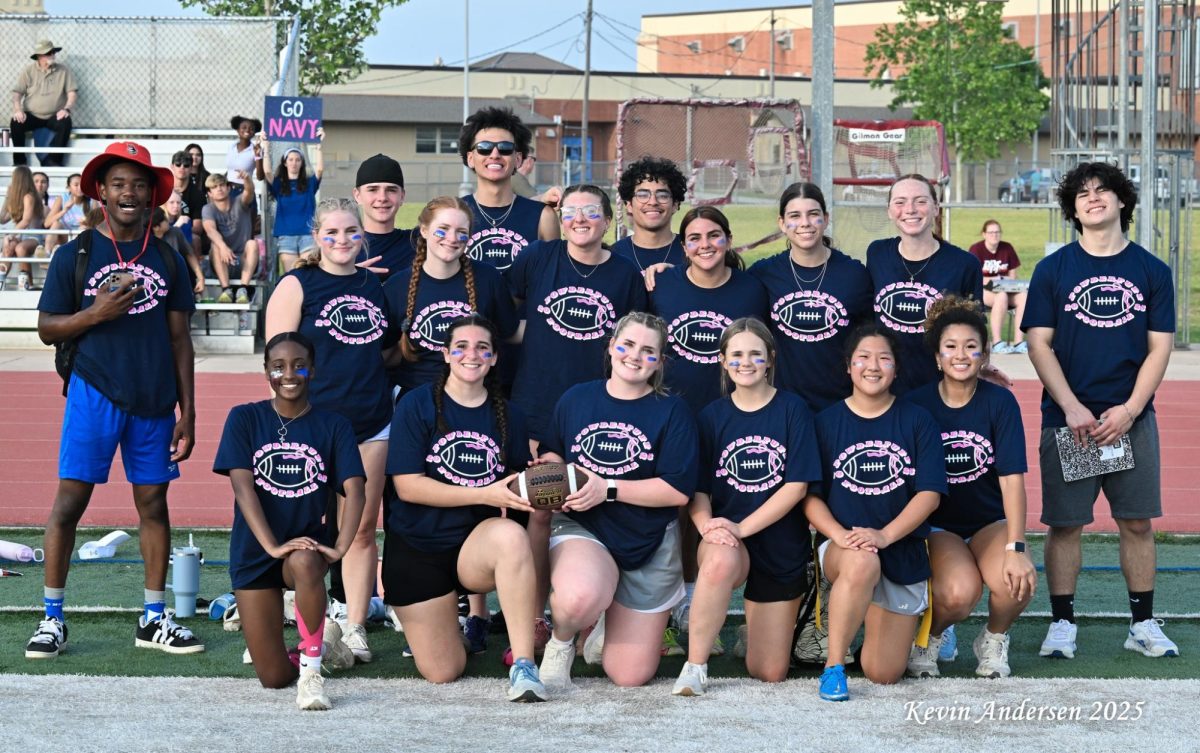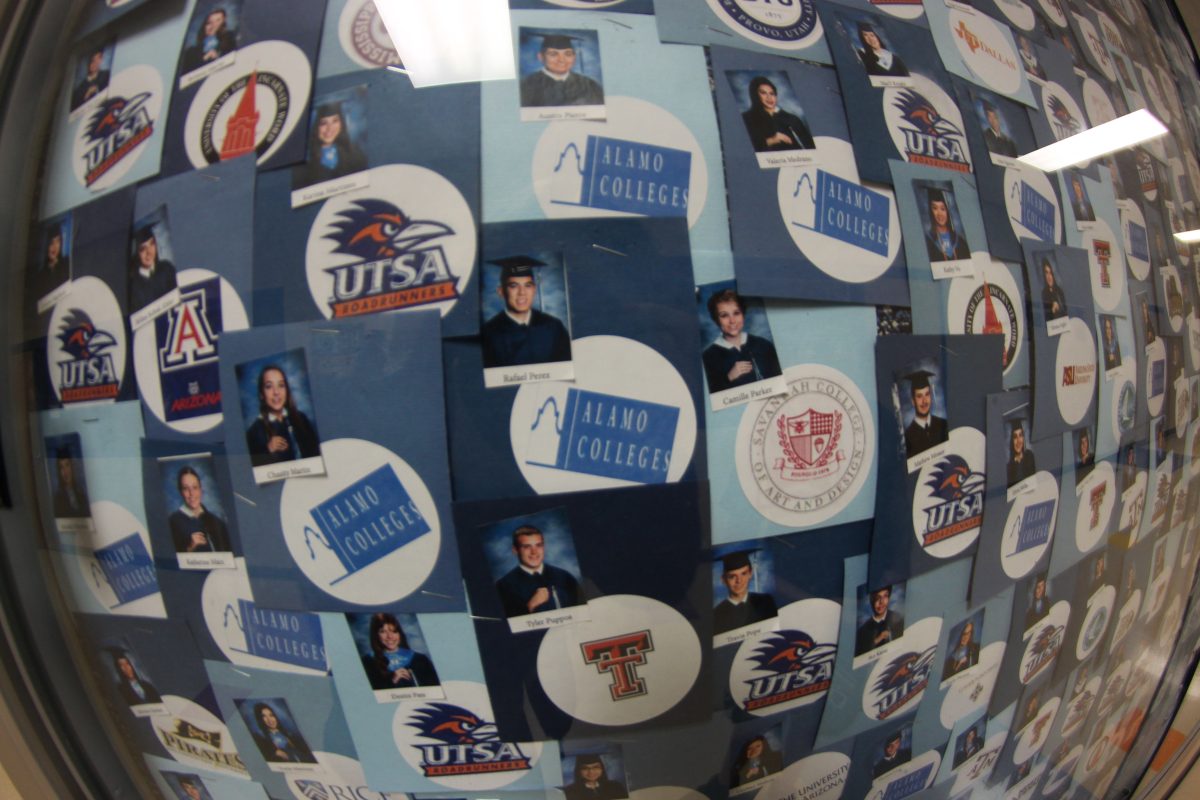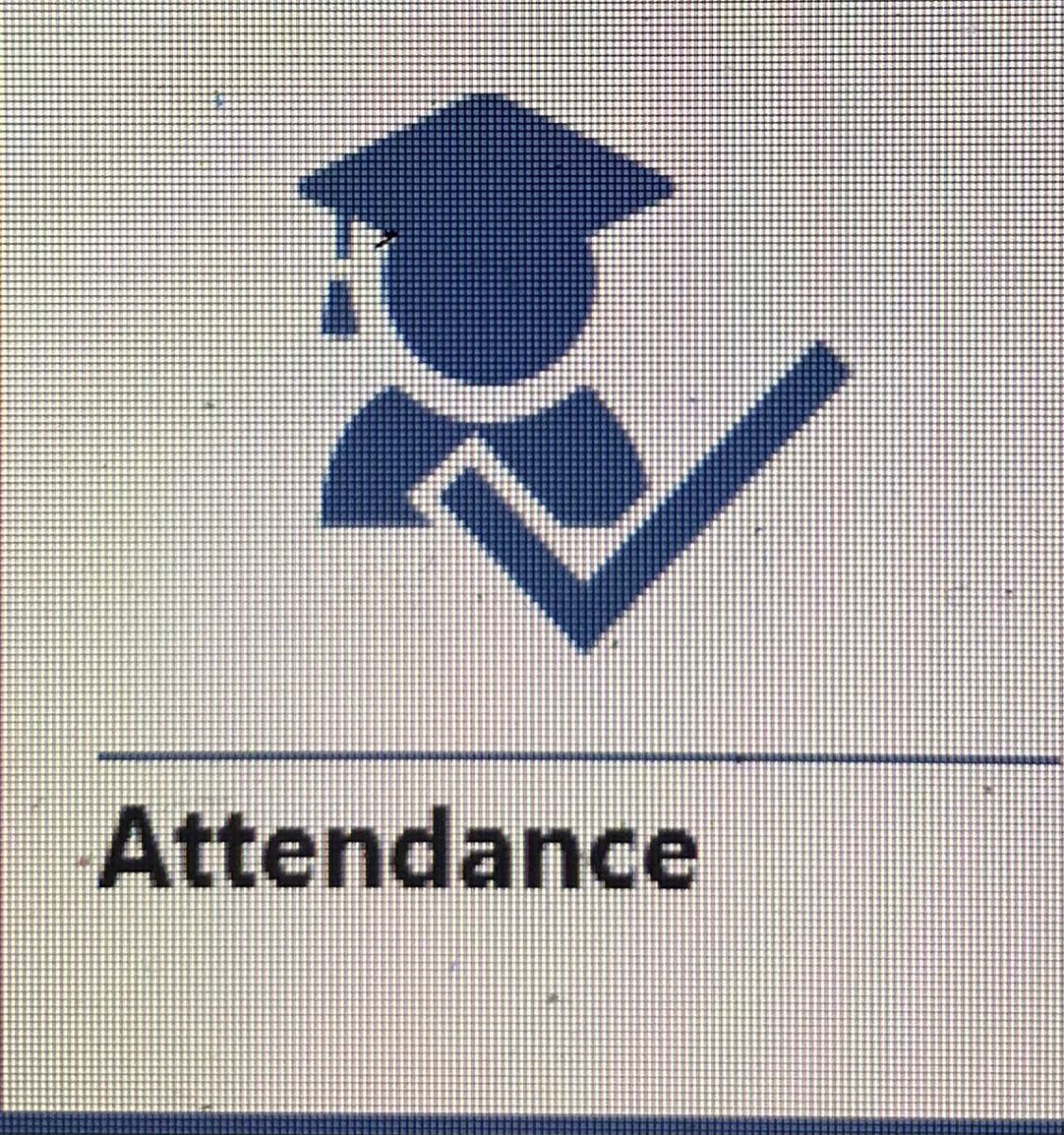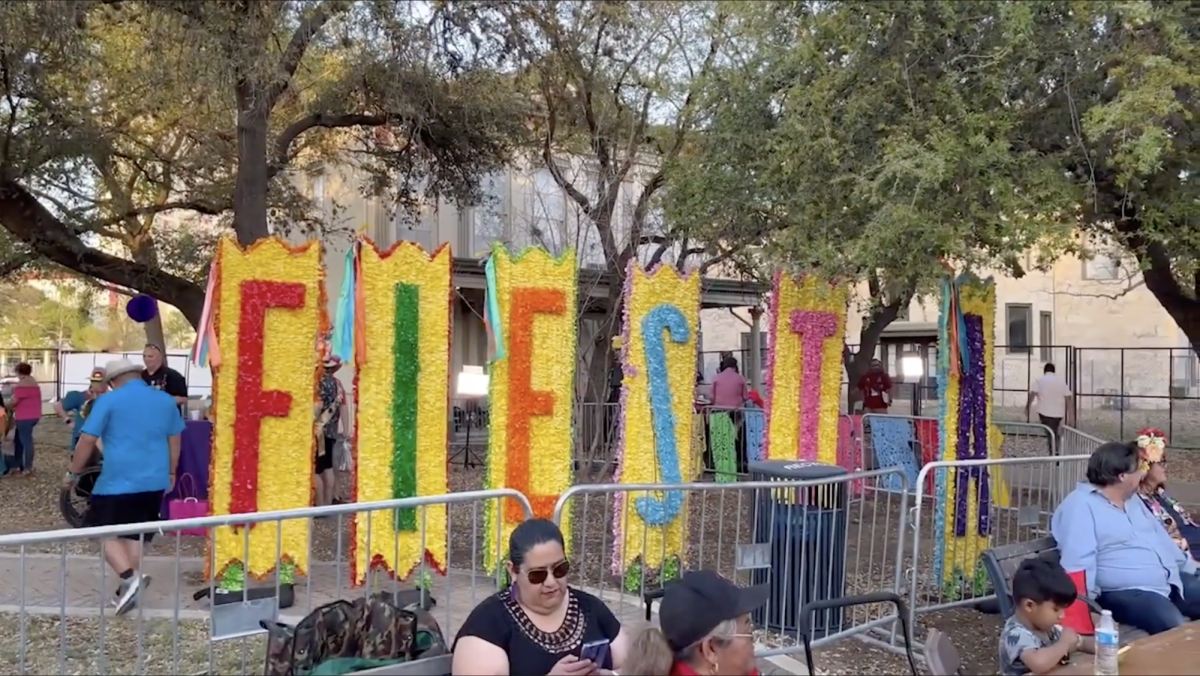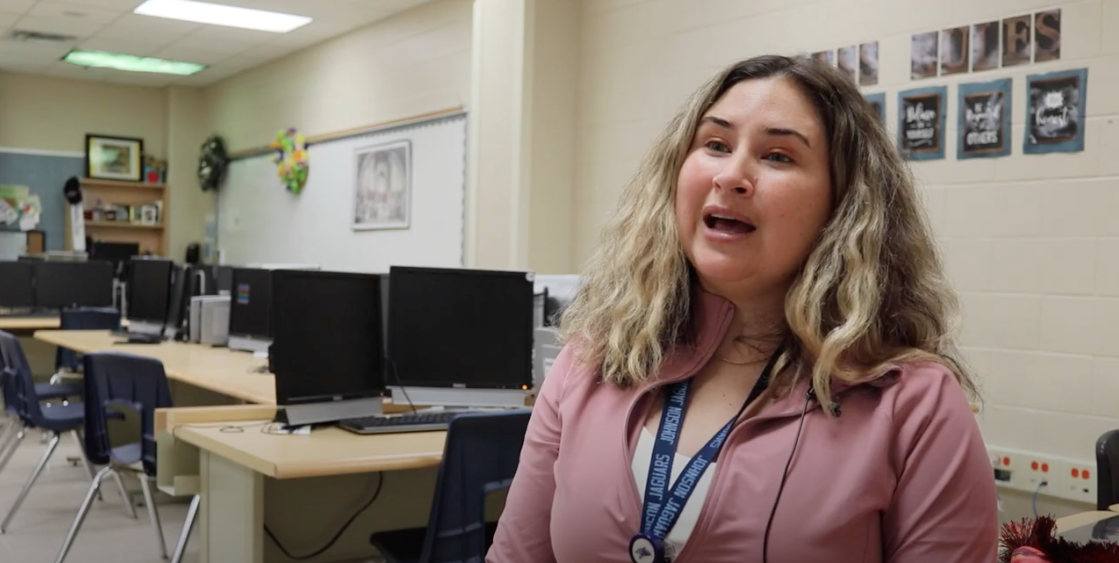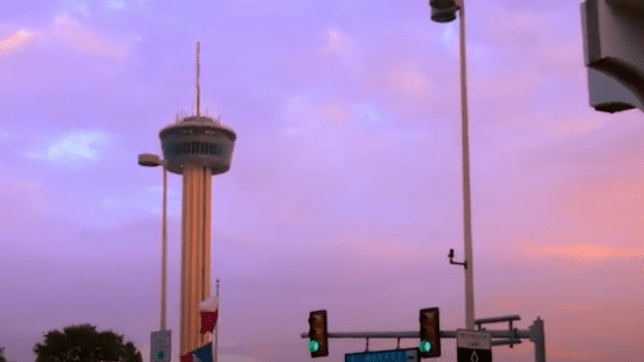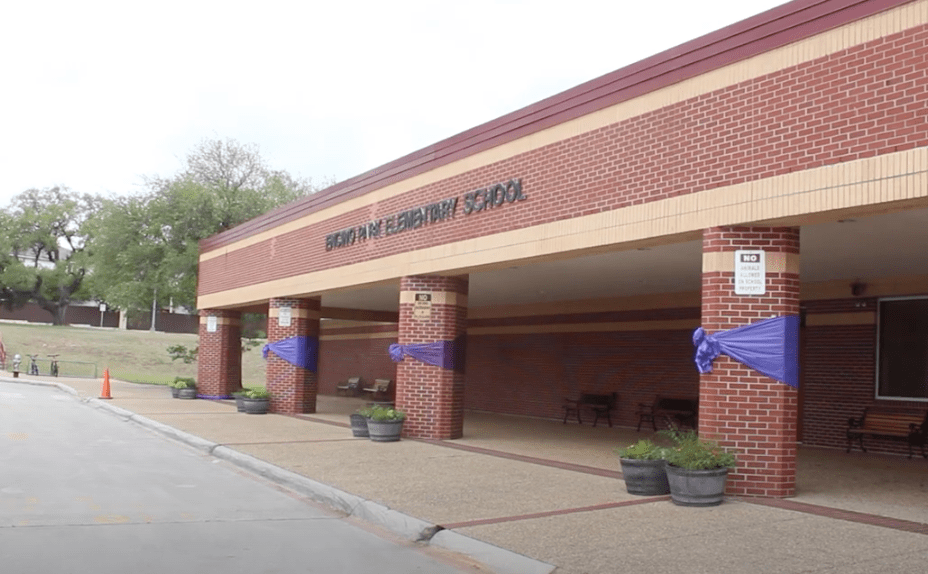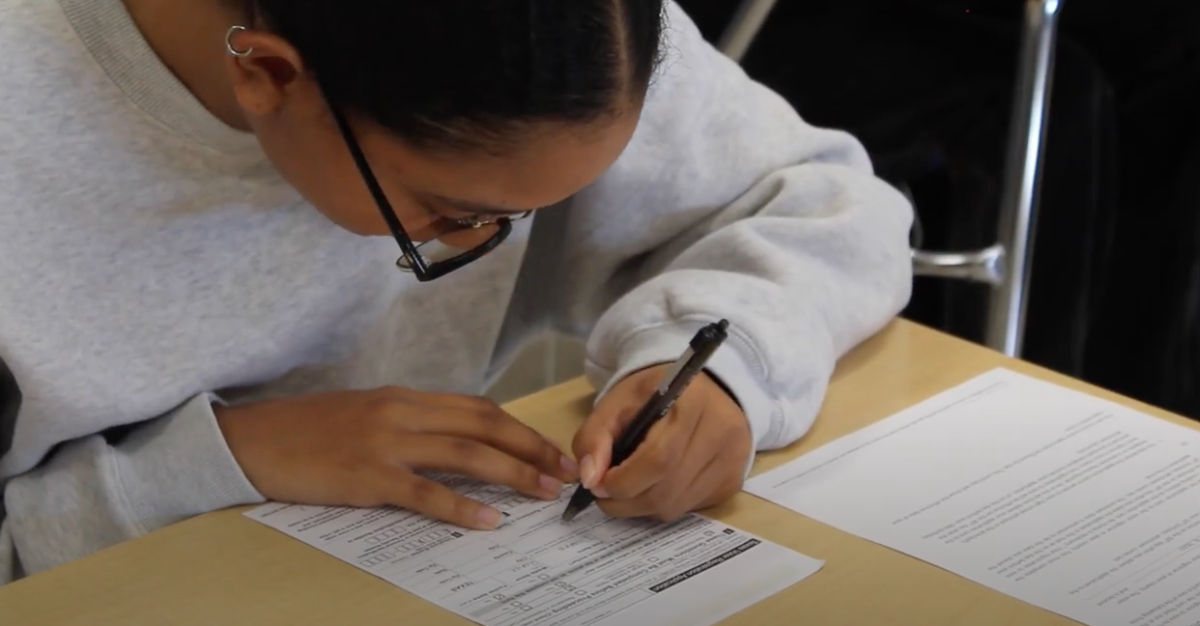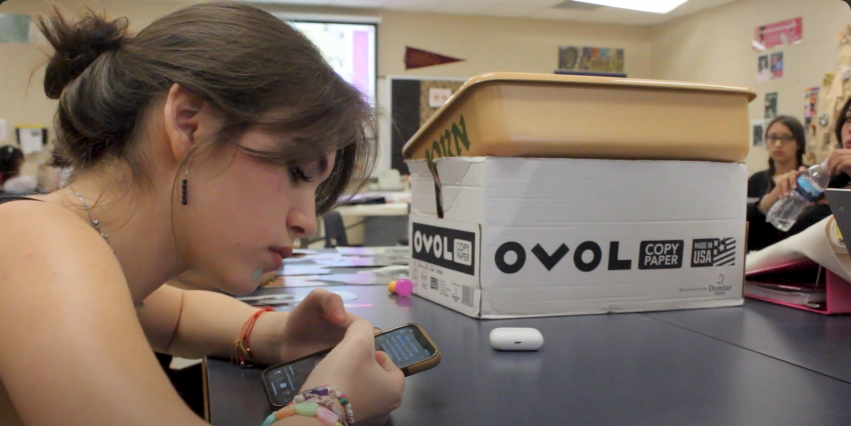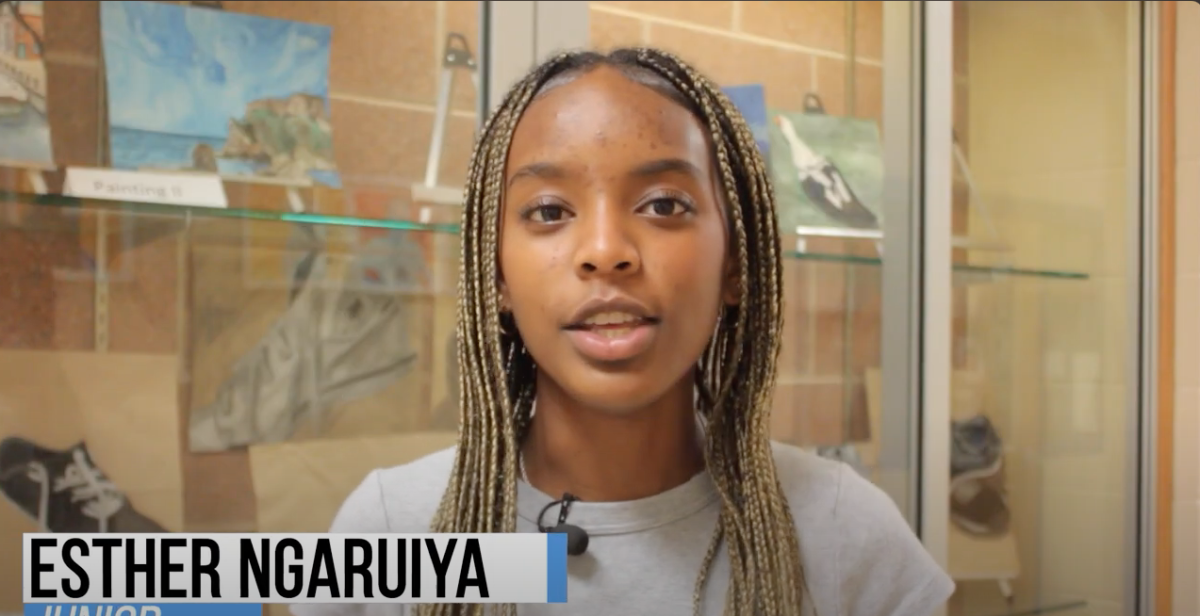by Emma Fitzhugh | News Editor
The NEISD Board of Trustees recently approved a proposed boundary change for two local high schools.
“The NEISD research and planning department is constantly monitoring enrollments and future growth trends in all areas across the district. We must work to balance enrollments at all high schools,” Executive Director of Communications Aubrey Chancellor said.
On Monday, Dec. 8, a unanimous vote conducted by the NEISD Board of Trustees officially approved a new policy that will take effect in the 2015-2016 school year. According to this policy, students who attend Bush middle school will be required to attend Reagan high school. However, a grandfather clause may grant some students the opportunity to chose which high school they would like to attend, either Reagan or Johnson.
“The grandfather clause pertains to current NEISD students living in the four neighborhoods that are being affected by this change. [The grandfather clause] is an option for sixth through twelfth graders. That is a total of approximately 120 students,” Chancellor said.
However, in this particular grandfather clause, no transportation will be provided to the students who chose to attend Johnson instead of Reagan. Despite this fact, Chancellor went on to say how the majority of Bush students are already set to attend Reagan.
“Only 5% of Bush students were zoned for Johnson while the rest of the school was zoned for Reagan. The PTA (Parent Teacher Association) feels strongly that a 100% feeder be established when possible,” Chancellor said.
In addition, families living in areas affected by this change were notified prior to the approval of the policy that boundary changes were likely to occur.
“Families in those areas were informed a year ago that this change would be coming. That, along with open meetings, transparency by the district and a liberal grandfather clause – the change seems to be well received,” Chancellor said.
In fact, according to principal John Mehlbrech, this boundary change was first discussed when middle schools started emerging in the Reagan/Johnson area.

“This discussion’s been going on ever since Tejeda and [Tex] Hill boundary, because when Hill was built, they [NEISD] started talking about 100% feed for the middle schools. And by doing this boundary change, and it just moves it just a little bit on the map – those kids in that area that was moved- were actually going to Bush, than to Johnson. So what they did is move the boundary so that those kids that are going to Bush will now go to Reagan,” Mehlbrech said.
Altogether, there are approximately 120 students that will be affected by this change, according to Chancellor and Mehlbrech, but both Reagan and Johnson are expected to increase their enrollment.
“We just got a preliminary projection for next year, and we’re actually gonna increase [enrollment]. Now the overall numbers; if every kid chose to go to Reagan, instead of coming here, it’d be about 120. There are 120 kids at Johnson right now that would be affected. But because they’re [student] used to coming here, or they have a sibling here; they’ll still come here. That part will wind down. But we’re still increasing in population. So we’re not going to really lose a lot. If anything we’ll gain, because our growth is still continuing,” Mehlbrech said.
Once the paperwork is sent out to these families, students will have until the end of this school year to decide which high school they would like to attend. However, even though students have this option, this does not technically fall under the school choice category, according to Mehlbrech.
“It’s kind of a school choice; it’s more of a school option. You know, we have a separate formality with school choice. After the grandfather clause is done, after the current 6th graders have gone through, then yes, that’d have to be a school choice. Right now, it’s basically saying that you’re just selecting your home school, whether it’s here or there [Reagan],” Mehlbrech said.
In fact, the reasoning as to why this decision is not considered school choice, “gets a little bit dicey”, according to Mehlbrech.
“It deals with eligibility with UIL and all of that. So we’re not calling it school choice. If it was school choice, [those students] would not be eligible to play varsity sports until you know, a year later. This is just a grandfather option because of the boundary change they’ll be eligible immediately, and just keep things going the way they normally would,” Mehlbrech said.
Regardless of how you classify this boundary change, complications may arise as a result of this new feeder policy, more specifically with the grandfather clause.
“There really wasn’t a lot of angst behind the boundary shift itself, because it makes sense; 100% feed. The only controversy that came up was the grandfather clause; how far down do you go. Some families have kids that are here now, that have like a 5th grader, or may have a 4th grader, who would like to come to Johnson because they see their big brother or sister go through. They’re the ones that don’t like it as much,” Mehlbrech said.
In addition, there is another group of students that could be negatively affected by this change.
“The other ones that are kinda ‘iffy’ about it are the ones who have kids in private school. They have their kids in private school up until 8th grade, like Concordia or maybe SACS (San Antonio Christian School) or whatever. They’re gonna come over to Johnson. But now they can’t. Because the grandfather clause does not include private school kids. You have to currently be enrolled [in public school]. So those parents are the ones that aren’t really thrilled about it, but it’s a very small amount,” Mehlbrech said.
Even though there may be controversy as it pertains to the grandfather clause, Mehlbrech went on to explain how this change seems appropriate.
“It’s not like it’s brand new, they [families] knew it was coming. So they kind of, ‘Oh, okay, it makes sense.’ You know, you’ve accepted it. But it was the grandfather piece that they really debated about,” Mehlbrech said. “In all boundary changes, it’s hard. This one makes a lot of sense. It’s not huge. It’s not like the Cibolo Green and Roan Forest boundary change, where it affects a lot of families. So I think this is the right decision. It’s gonna be fine.”



